
Salmon delivered by hyperloop and mail by drone?
Research scientists have been gazing into their crystal balls. These are the technological trends that will affect the transport systems of the future.

Research scientists have been gazing into their crystal balls. These are the technological trends that will affect the transport systems of the future.
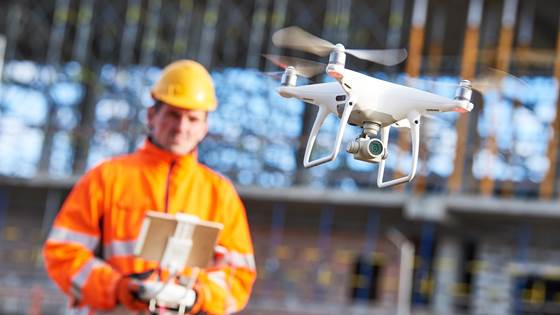
The future of aviation is unmanned. But unmanned aerial vehicles – or drones – are not just of interest to the aviation industry. Nearly every industrial and commercial sector has been experimenting with drone technology over the past 5 years, and...
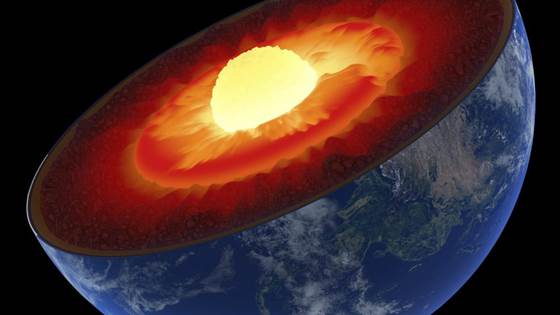
Norwegian research scientists are contributing to the development of the world’s hottest geothermal well in a non-volcanic area. The goal is to exploit the inexhaustible supply of heat from the interior of the Earth, and this calls for equipment that...
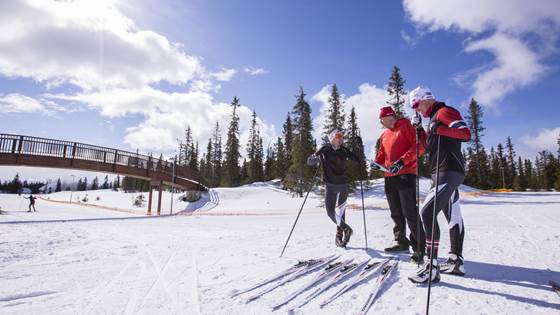
Norwegian cross-country skiing is applying science to analyse how its elite athletes exploit their strengths during training and competition. The aims of this sensor-based research are to give skiers valuable advice about training and help them find...

According to new research, the recipe for success relies on three ingredients being permanently in place.
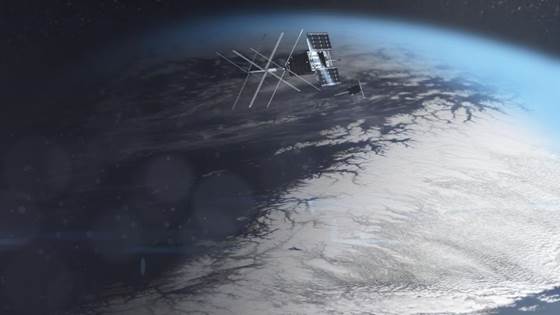
Small satellites are used mainly to monitor Norwegian territorial waters. However, the scope of applications will widen in the future, and researchers believe that Norway has the expertise to exploit the commercial opportunities these provide.
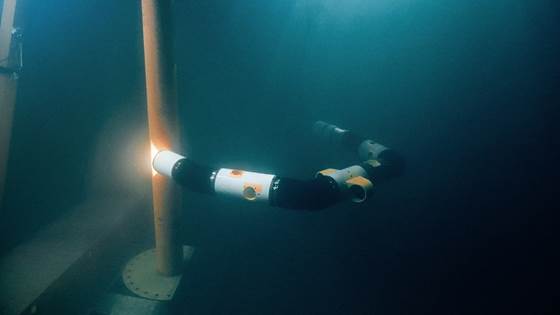
It most resembles a giant snake undulating through the water. But this snake-like robot can work in the vast ocean depths. And perhaps one of its relatives will be able to travel to outer space.
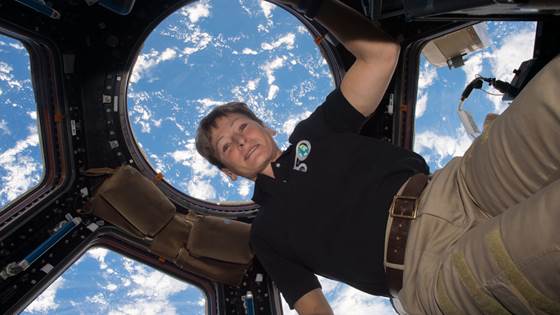
How do we protect astronauts in space from breathing dangerous gases? A German-Norwegian hi-tech optical gas sensor provides a solution.
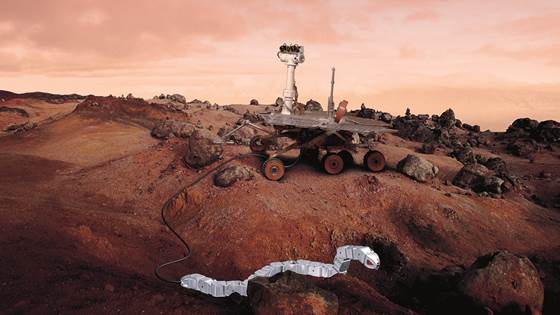
Norwegian researchers are investigating how a snake robot might carry out maintenance work on the International Space Station (ISS), study comets, and explore the possibility of living and working in lava tunnels on the Moon.